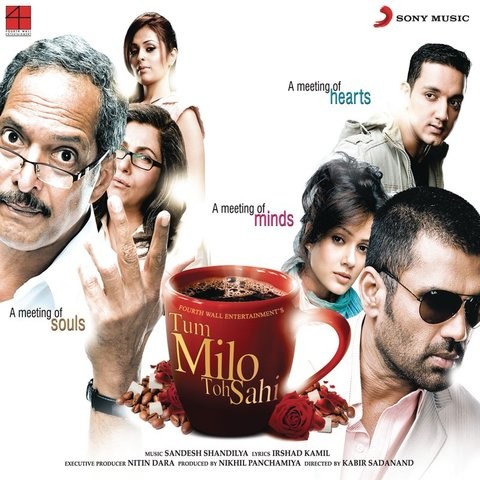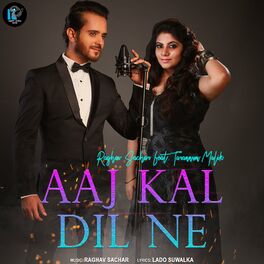

He listed each nitch using the following names:. Currently, Hindustani music is defined by Saptak or Sargam - Sa, re, ga, ma, pa, dha, ni. In Natyasastra, Bharata has divided swaras into 22 notes scale. Term- also used to define ‘note’ or ‘scale degree’ in a composition. Term “Swara”- associated with recitation of Vedas. Three main pillars of Indian classical music: More styles of ‘folk’ singing emerged in this period. Influx of Islamic & Persian elements changed the face of North Indian music, for example, the Dhruvapad or devotional style of singing- transformed into Dhrupad style by 15th century & by 17th century, a new form of Hindustani music, Khayal had evolved. (vii) There was no discrimination among students. RAGHAV SACHAR VANDE MATARAM INSTRUMENTAL DOWNLOAD FULL
(vi) Life in hermitage- rigorous, pensive and full of knowledge (v) Hermitage was given patronage by kings & wealthy persons of the society. (iv) Students lived in hermitage for 12 years
 Ancient & early medieval nerind- Gurukuls existed. (iv) Chaturdandi-prakasika (17th century by Venkatamakhin) - important information on musicology. (iii) Swaramela-Kalanidhi (16th century by Ramamatya) - deals primarily with ragas. (ii) Sangeeta Makaranda filth century by Nanda)- enumerated 93 ragas & classified them into feminine and masculine forms. (i) Brihaddeshi (9th century by Matanga)- definition of ‘raga’. Medieval texts on musicology focused on particular themes, for example:. Its greatest contribution- identify & describe different ‘microtones’ & classify them into different categories. His text- defined 264 ragas (from North Indian & Dravidian repertoires). Sarangadeva (13th century musicologist) who wrote classic text on music, the Sangeet Ratnakara, seconded this view. These 22 keys- shrutis or srutis. Distinction- made in Dathilam, a text that endorsed the existence of 22 srutis per octave and made the suggestion that may be these were the only one that a human body could make. Has several important chapters on music, including those that identified octave and elaborated on its 22 keys. Bharata’s Natyashastra: First work to clarify & elaborate on the subject of musicology. Epics were set to narrative type of music called Jatigan. This type of ritualistic music was Sangama (later Vedic period)- chanting of verses, set to musical patterns. Development in music linked with devotional sites. Bharata’s Natyashastra(200 BC and 200 ADI- first reference to musical theory. Panini (500 BCE)- made first proper reference to the art of making music. Theories state- Om is the source of all ragas and notes. Kausitaki Brahmana puts dance, vocal & instrumental music together. Jaimini Brahmana speaks of dance and music. Aitareya Aranyaka- mentions parts of Veena. Gandharva Veda, science of music- Upaveda of Sama Veda.
Ancient & early medieval nerind- Gurukuls existed. (iv) Chaturdandi-prakasika (17th century by Venkatamakhin) - important information on musicology. (iii) Swaramela-Kalanidhi (16th century by Ramamatya) - deals primarily with ragas. (ii) Sangeeta Makaranda filth century by Nanda)- enumerated 93 ragas & classified them into feminine and masculine forms. (i) Brihaddeshi (9th century by Matanga)- definition of ‘raga’. Medieval texts on musicology focused on particular themes, for example:. Its greatest contribution- identify & describe different ‘microtones’ & classify them into different categories. His text- defined 264 ragas (from North Indian & Dravidian repertoires). Sarangadeva (13th century musicologist) who wrote classic text on music, the Sangeet Ratnakara, seconded this view. These 22 keys- shrutis or srutis. Distinction- made in Dathilam, a text that endorsed the existence of 22 srutis per octave and made the suggestion that may be these were the only one that a human body could make. Has several important chapters on music, including those that identified octave and elaborated on its 22 keys. Bharata’s Natyashastra: First work to clarify & elaborate on the subject of musicology. Epics were set to narrative type of music called Jatigan. This type of ritualistic music was Sangama (later Vedic period)- chanting of verses, set to musical patterns. Development in music linked with devotional sites. Bharata’s Natyashastra(200 BC and 200 ADI- first reference to musical theory. Panini (500 BCE)- made first proper reference to the art of making music. Theories state- Om is the source of all ragas and notes. Kausitaki Brahmana puts dance, vocal & instrumental music together. Jaimini Brahmana speaks of dance and music. Aitareya Aranyaka- mentions parts of Veena. Gandharva Veda, science of music- Upaveda of Sama Veda. 
Santa Veda- lists all seven notes of the raga Kharaharapriya in descending order.First literary traces of music- Vedic times (2000 years ago).Musical instruments like seven-holed flute and Ravanahatha- recovered from sites of Indus Valley Civilization.Narada Muni (sage) - introduced music to earth & taught the inhabitants about a sound that pervades the whole universe called Naada brahma.India- long tradition of musical ingenuity.







 0 kommentar(er)
0 kommentar(er)
